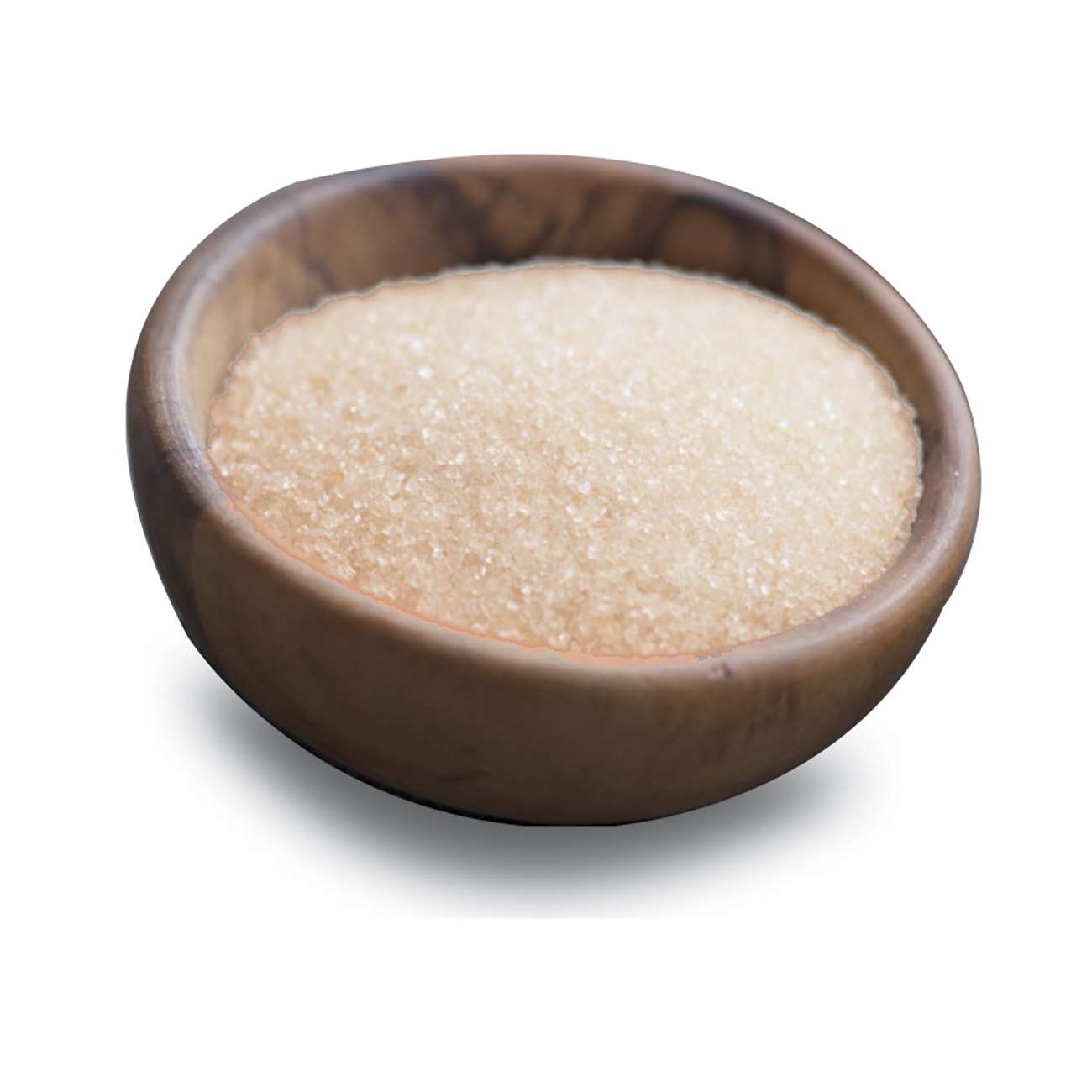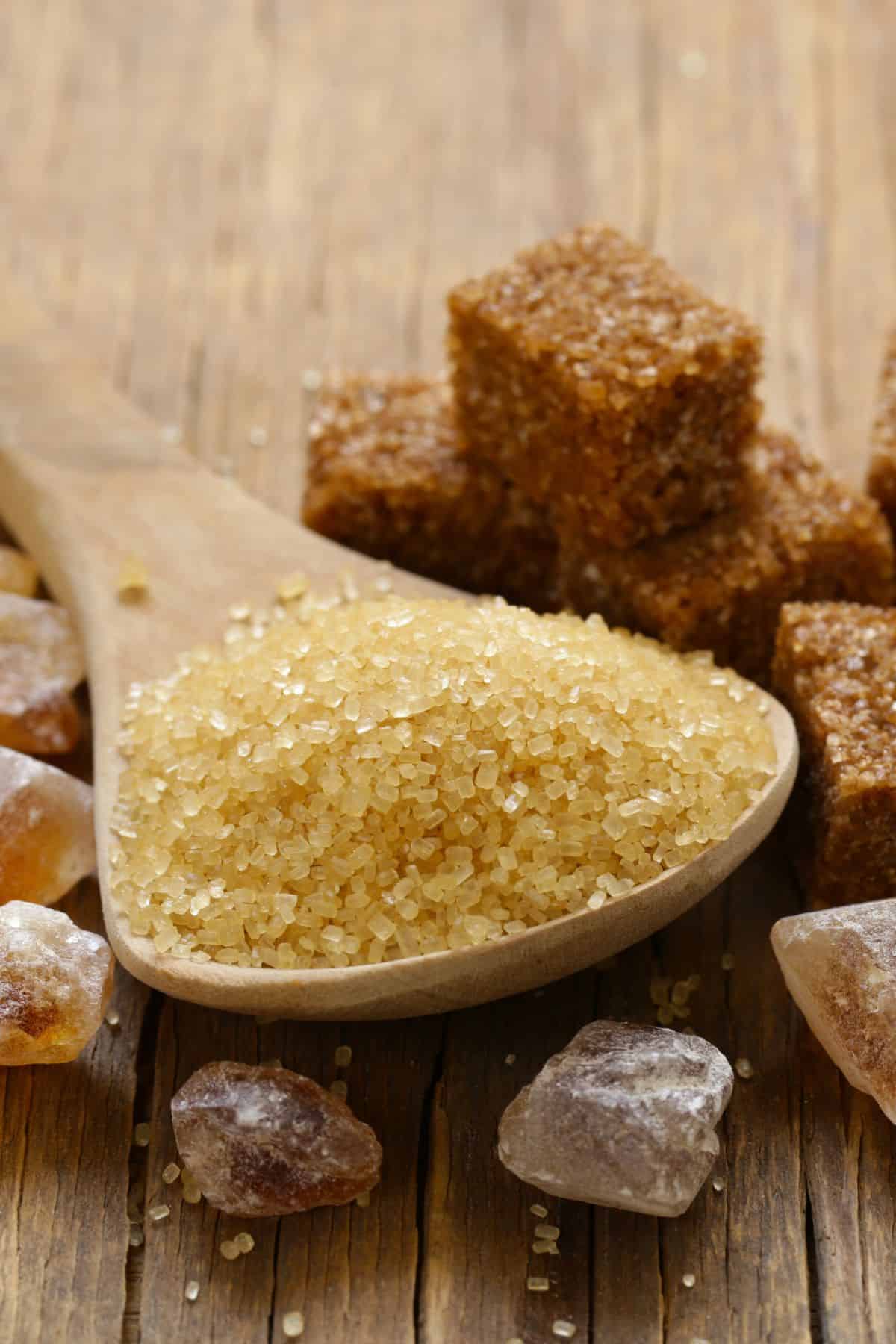Cane Sugar Processing: Ingenious Methods for High Quality Production
Cane Sugar Processing: Ingenious Methods for High Quality Production
Blog Article
Exploring the Comprehensive Tips Entailed in Walking Cane Sugar Processing From Gathering to Improvement
The procedure of walking cane sugar manufacturing incorporates a collection of complex actions, beginning with the mindful harvesting of sugarcane and finishing in the refinement phases that make sure the final item meets sector standards. Each phase, from the removal of juice to the filtration and crystallization processes, plays an essential function in figuring out the quality and personality of the sugar.
Collecting Sugarcane
Gathering sugarcane is an essential action in the walking stick sugar handling chain, as it straight affects the top quality and return of the final item. Appropriate timing and methods are essential throughout this stage to guarantee optimum sugar web content and decrease losses. Commonly, sugarcane is collected when it gets to maturation, typically 12 to 18 months after planting, characterized by a high sucrose concentration.

Post-harvest, the sugarcane has to be refined swiftly to stop sucrose deterioration. Ideally, gathered cane needs to be delivered to processing facilities within 1 day to protect sugar top quality. As a result, reliable logistical planning is essential to maintain the stability of the harvested crop throughout the supply chain.
Extraction Process

The crushed walking cane goes through a series of pushing procedures to take full advantage of juice healing. Typically, hot water is sprayed onto the smashed walking cane, creating a countercurrent circulation that aids liquify the sugar while additionally assisting in the extraction procedure. The juice collected from this operation consists of not only sugar but also various natural substances and contaminations.

To enhance removal effectiveness, some centers may utilize diffusion approaches, where the sugarcane is taken in warm water, allowing the soluble sugars to diffuse right into the fluid. The resulting juice, rich in sucrose, is then guided to subsequent handling phases, laying the structure for filtration and improvement. The removal procedure is hence essential in determining the high quality and yield of the last sugar item.
Purification Techniques
The purification strategies utilized in walking stick sugar processing are necessary for transforming the raw juice right into a high-grade sugar item. These approaches primarily aim to remove impurities, such as dirt, plant materials, and not natural substances, which can adversely impact the final product's flavor and shade.
Among one of the most common purification methods is clarification. This process entails including lime and warm to the raw juice, which facilitates the coagulation of contaminations. The resulting precipitate is then removed through sedimentation or filtration, generating a more clear juice. In addition, using phosphoric acid can enhance the clarification process by more binding pollutants.
Another significant strategy is carbonatation, where co2 is presented to the cleared up juice. This response produces calcium carbonate, which catches remaining contaminations and advertises their elimination.
Moreover, turned on carbon treatment might be used to adsorb any continuing to be colorants and natural pollutants, guaranteeing an extra polished product. The combination of these approaches successfully prepares the sugar juice for succeeding action in the refining procedure, establishing the phase for the manufacturing of premium walking stick sugar.
Condensation Techniques
After the purification phase, the following essential action in walking cane sugar processing involves formation techniques, which play a crucial duty in transforming the made clear juice into solid sugar. This procedure generally utilizes two main techniques: spontaneous condensation and regulated formation.
In spontaneous crystallization, supersaturated sugar go to this site services are allowed to cool down normally, leading to the development of sugar crystals over time. This technique permits for the uniform development of sugar crystals and higher pureness.
During condensation, the clarified juice is focused via evaporation, boosting its sugar material till it reaches supersaturation. When this factor is accomplished, either method can facilitate the crystallization procedure. Cane Sugar Processing. The resultant sugar crystals are after that divided from the staying syrup through centrifugation
Ultimately, the selection of crystallization technique impacts the quality, dimension, and pureness of the last sugar product, making this action necessary in the total walking cane sugar processing treatment.
Refinement and Product Packaging
Just how can the pureness and quality of walking stick sugar be even more improved after formation? The refinement process plays a crucial duty in look here accomplishing high-grade cane sugar.
Following, the sugar goes through a procedure called centrifugation, where it is spun at broadband to divide the cleansed sugar crystals from the continuing to be liquid. After centrifugation, the sugar is commonly more fine-tuned with an approach called carbonization or phosphatation, which makes use of triggered carbon or phosphoric acid to remove color and off-flavors.
When refined, the sugar is dried to attain the wanted moisture web content, guaranteeing that it continues to be stable during storage space and transport. The final step entails packaging the polished sugar in airtight and moisture-proof containers to maintain its high quality and protect against contamination. Cane Sugar Processing. Proper product packaging not only expands service life however likewise facilitates simple handling and distribution, ensuring that consumers receive sugar that satisfies the greatest standards of pureness and quality
Final Thought
The comprehensive steps included in walking stick sugar handling, from the thorough harvesting of sugarcane to the intricate refinement and product packaging phases, emphasize the importance of each phase in guaranteeing high-quality sugar manufacturing. Optimum harvesting strategies, reliable removal techniques, and strenuous filtration procedures collectively contribute to the final item's pureness and security. The formation and succeeding packaging practices even more boost the honesty and rack life of the sugar, highlighting the intricacy and precision inherent in this vital agricultural market.
The process of cane sugar manufacturing incorporates a series of intricate actions, starting with the cautious harvesting of sugarcane and culminating in the improvement stages that ensure the last product meets industry criteria. Ideally, harvested walking cane must be delivered to refining facilities within 24 hours to protect sugar high click to read more quality.In spontaneous formation, supersaturated sugar remedies are enabled to cool down normally, leading to the development of sugar crystals over time - Cane Sugar Processing. The improvement process plays an essential duty in accomplishing premium cane sugar.The detailed steps entailed in cane sugar handling, from the precise harvesting of sugarcane to the intricate improvement and packaging stages, emphasize the significance of each stage in guaranteeing high-grade sugar manufacturing
Report this page